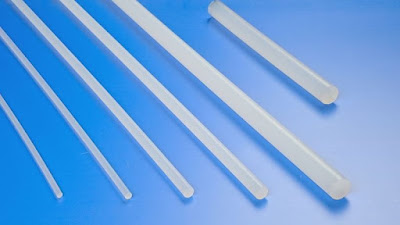Types of Blow Molding Processes
Injection Blow Molding:In injection blow molding, a blow or core rod is used throughout the process. First a parison is injected into a split mold cavity around the rod. The parison that is formed looks similar to a test tube. The core rod transfers the parison to the blow mold machine where forced air creates the final shape. The rod then transfers and extrudes the finished product from the machine.
Extrusion Blow Molding:Extrusion blow molding can be continuous or intermittent. In continuous extrusion blow molding, a parison will be constantly fed into the mold and each form will be cut off with a blade as it forms. Intermittent extrusion blow molding expels each new plastic from the metal mold when it is cooled and the parison is fed into the mold only after the preceding parison is expelled.
Extrusion blow molds are generally much less expensive than injection blow molds and can be produced in a much shorter period of time. Extrusion blow molding is appropriate for smaller runs. Advantages include cost savings on tooling and shorter production time while disadvantages usually include lesser control of wall thickness and greater amount of scrap material.
Injection Stretch Blow Molding:Injection stretch blow molding combines the injection molding and blow molding processes. The plastic is first molded into a solid preform, to create a threaded bottle neck.
